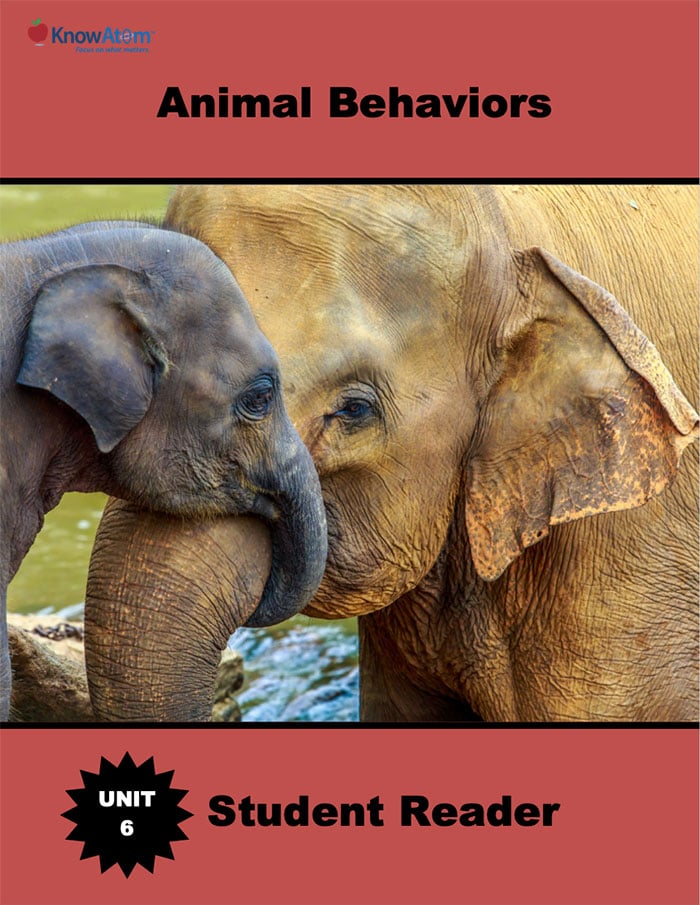
In this unit, students explore the science phenomena of animal behaviors of parents and offspring that help the offspring survive. This page is a high-level extract of lesson two in which students mimic the beaver’s behavior of building dams to design their own dams that solve the problem of flooding.
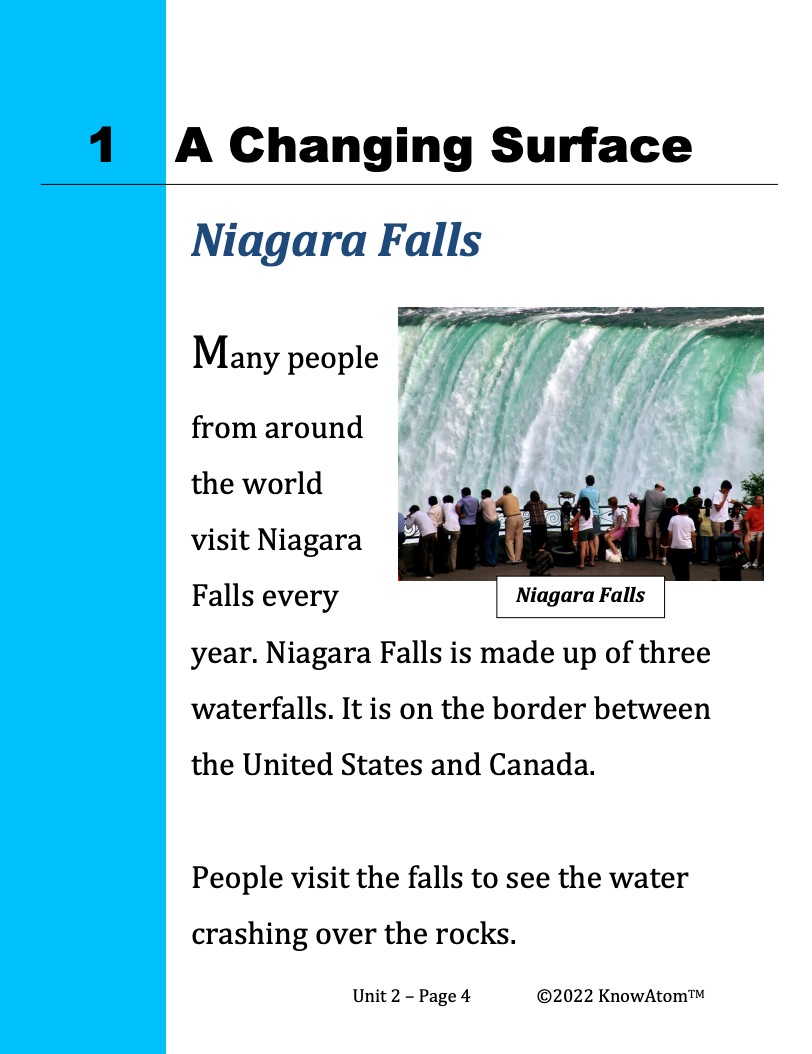
In this unit, students explore the science phenomena of different processes that change Earth’s surface over time. Once students have investigated how wind and water change the shape of the land, they use their scientific knowledge to engineer a solution that prevents rainwater from washing away a sandy hillside. This page showcases key components of this lesson.
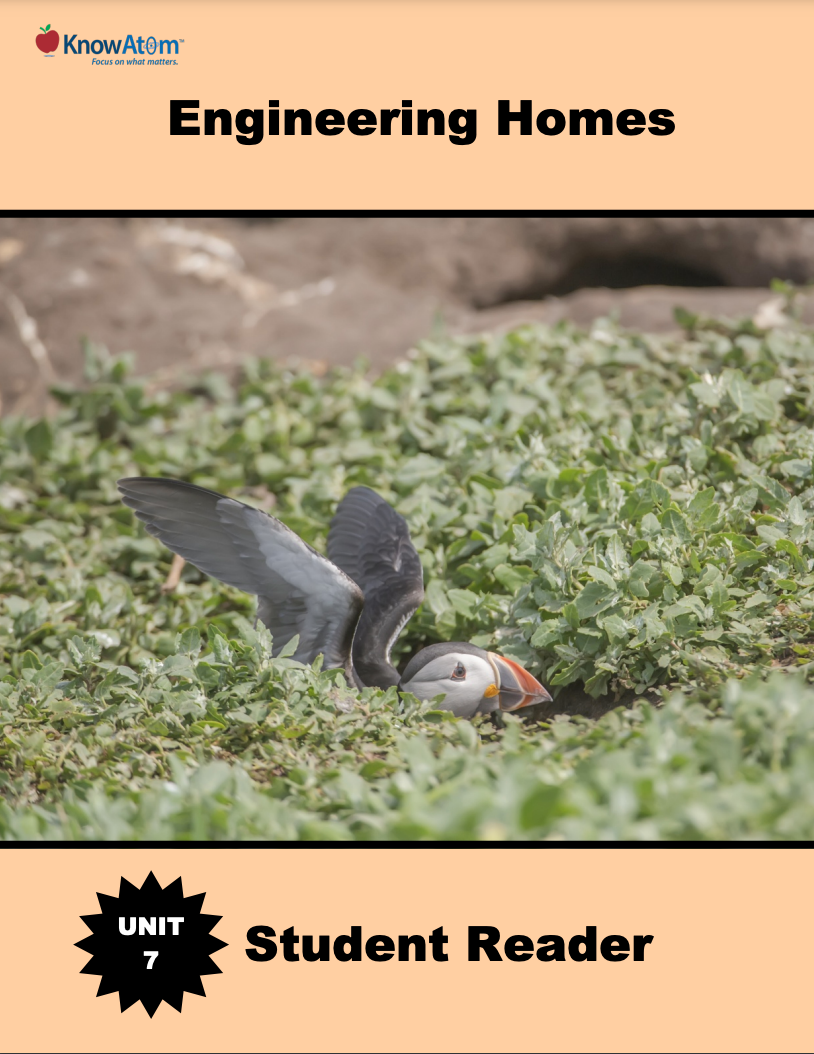
In the last unit, students observed butterflies moving through their life cycle, explored how butterflies are pollinators, and then designed a hand pollinator. In this unit, students explore the science phenomena of how shelters help animals survive in their environment and then design a prototype burrow-like structure to keep a burrowing owl cool in hot temperatures.
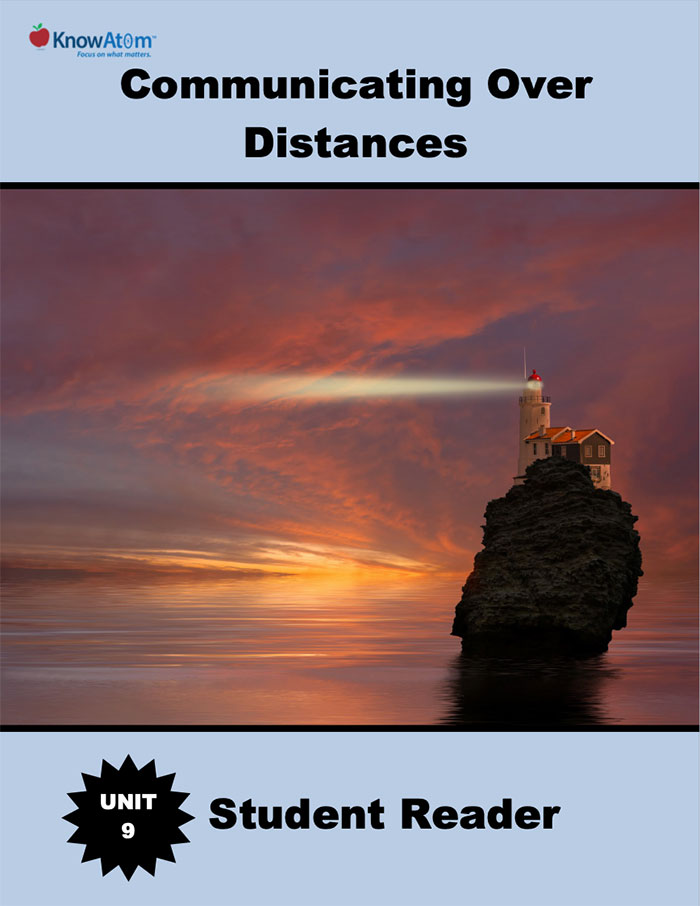
In the last unit, students explore how objects can be seen when they are illuminated by a source of light and how light passes through opaque, transparent, and translucent materials differently. In this unit, students apply what they have learned about light and sound to design a solution that can be used to communicate over a distance.

In this first unit, students learn to differentiate between the practices of a scientist and those of an engineer. Students ask questions, make observations, and collect data as they explore weather patterns on Earth and investigate how different Earth materials are heated by the sun. During this final lesson of the unit, students act as engineers by designing a prototype that can reduce the warming effects of the sun.

In this unit, students discover that pushes and pulls are forces that change the motion of an object. They begin by exploring how objects move in different directions when they are pushed or pulled, and then investigate how changing the strength of a force changes the distance an object moves. They then use a model to see how friction affects the distance and speed with which an object moves over a surface.

In this unit, students continue to explore the phenomena of living things, focusing on animals. They begin by observing the metamorphosis of a butterfly and then model the parts of a butterfly that help it survive in its environment. This page provides an overview of key components of this lesson that has students applying what they know about pollination to design a self-pollinating technology.
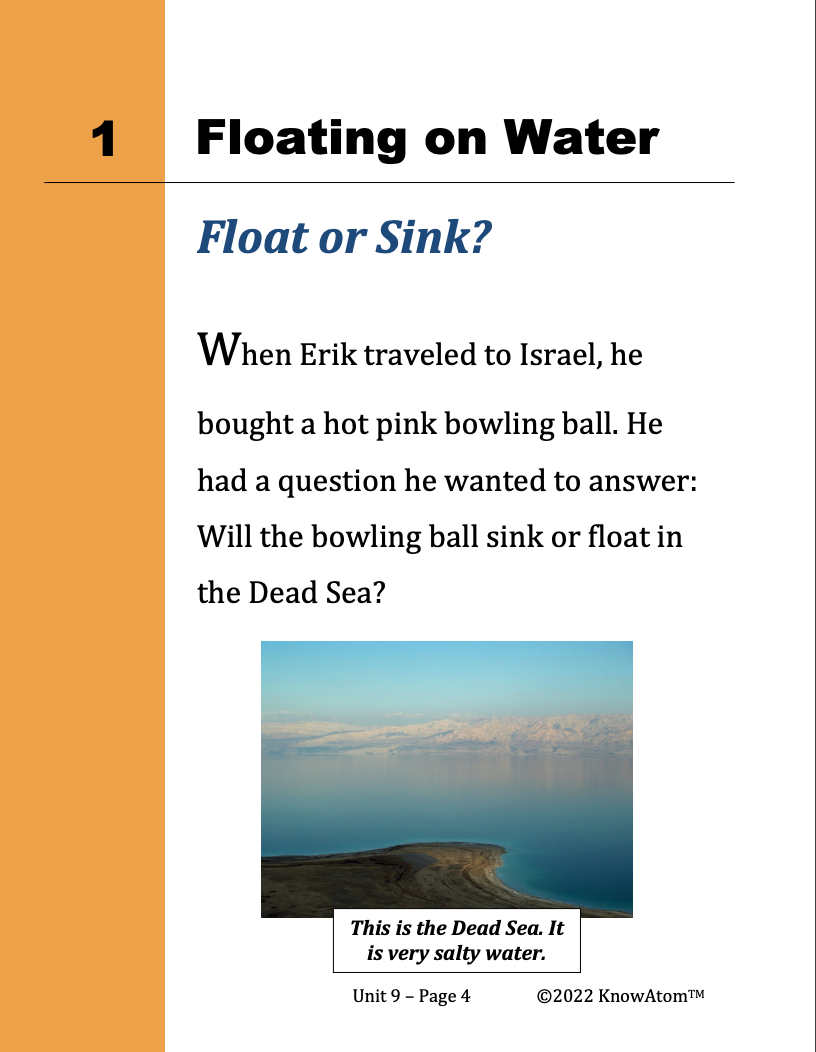
In this unit, students investigate what makes an object float or sink, exploring the science phenomena of properties of objects that float and sink. This page is a high-level extract of the last lesson in 2nd grade that has students applying their knowledge about the relationship between an object’s properties and its ability to float.
Standards citation: NGSS Lead States. 2013. Next Generation Science Standards: For States, By States. Washington, DC: The National Academies Press. Neither WestEd nor the lead states and partners that developed the Next Generation Science Standards were involved in the production of this product, and do not endorse it.
